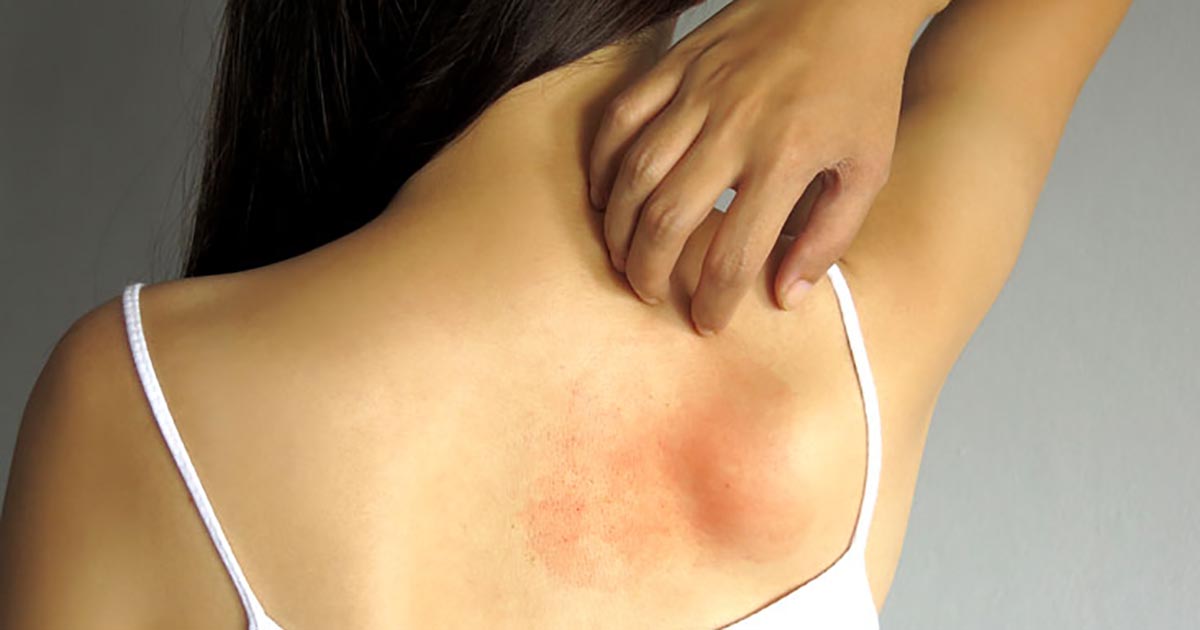Symptoms Of Primary Biliary Cholangitis
Primary biliary cholangitis is a chronic autoimmune disease that causes bile ducts in the liver to die slowly over time. When bile ducts are damaged, bile can back up in the liver and not excrete properly. This occurs because the immune system is unable to fight the white blood cells called T-lymphocytes (T-cells) that collect in the liver to allow it to function properly. The cells slowly die causing fibrosis, otherwise known as scar tissue, and ultimately cirrhosis of the liver. This impacts the function of the liver in the body.
The cause of primary biliary cholangitis is unknown, but it is not the result of substance abuse. There is no cure for primary biliary cholangitis, so it is imperative to be aware of the symptoms so it can be prevented or treated as early as possible.
Fatigue

Fatigue is the most common symptom of primary biliary cholangitis. Fatigue can be understood as extreme tiredness caused by mental effort, physical effort, or an illness. Most patients notice this symptom first, and throughout all stages of the disease. This symptom is not changed by sleep or rest. Some patients are unable to fall or stay asleep, making it hard to accomplish daily tasks both mentally and physically. Primary biliary cholangitis and extreme tiredness can cause significant mental impairments like trouble concentrating and depression. It can also cause decreased function in motor skills. There are no treatments for this symptom.
Itchy Skin

Itchy skin is another common symptom of primary biliary cholangitis. Itchy skin is a symptom that occurs most often in the early stages of primary biliary cholangitis. This is caused when bile spills over into the bloodstream and is not excreted properly through the liver. The liver normally acts as a filter for bile. When bile hits the bloodstream, it can cause an extreme itching sensation. This symptom can be debilitating because it can be uncontrollable. This symptom can cause rashes, sensitivity, and irritation.
